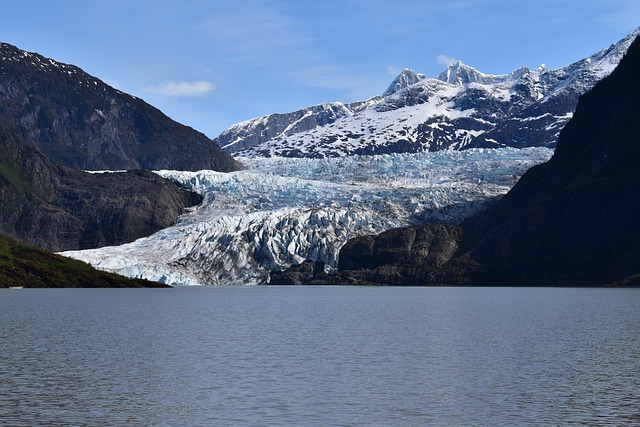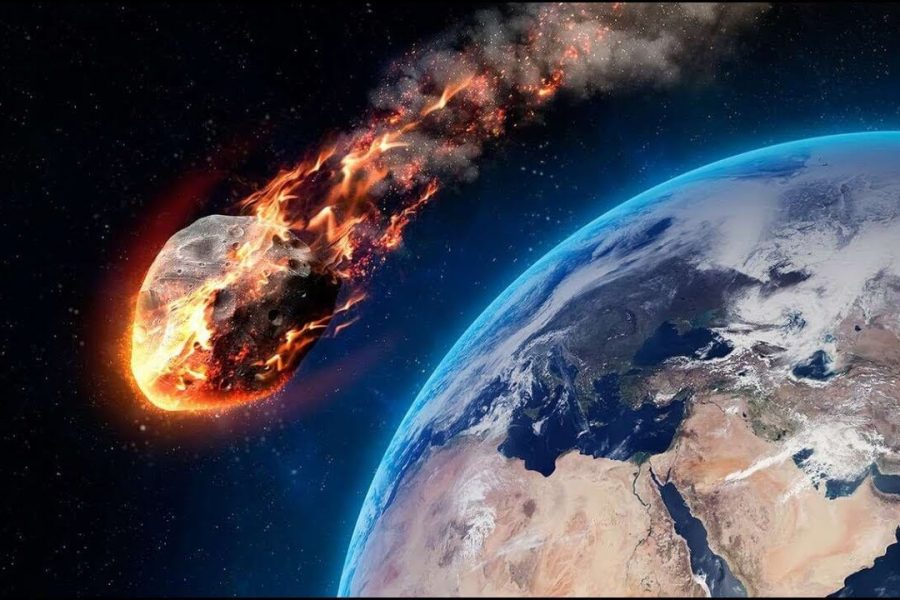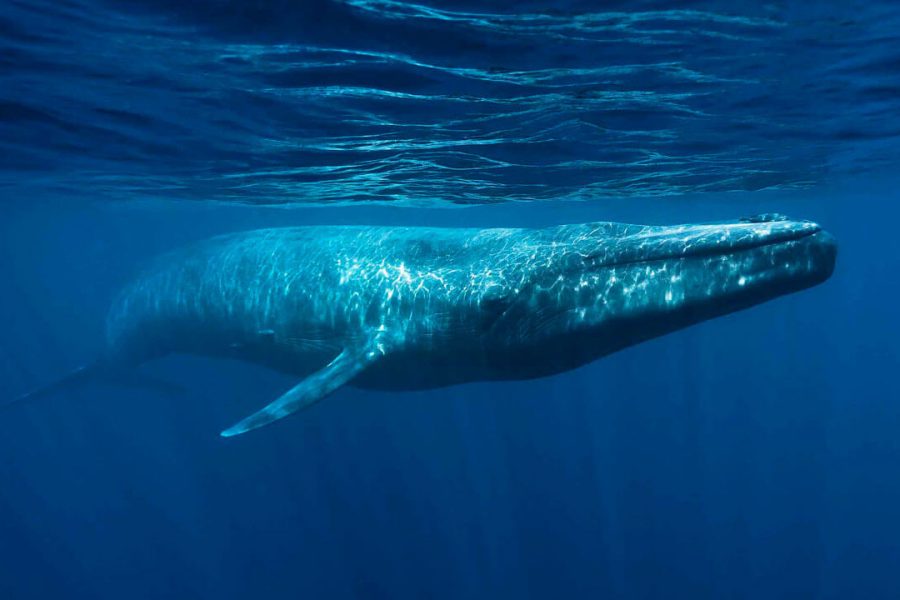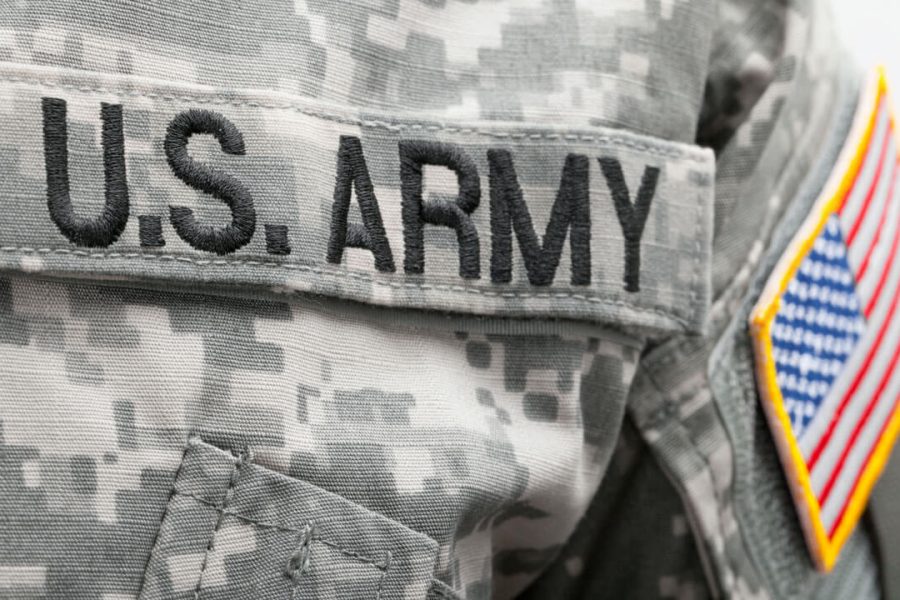For some people, there is nothing more satisfying than pushing their personal boundaries and seeing what extremes they can go to. Whether it is climbing a mountain or traversing impassable terrain, there is no challenge that some of us would not accept. For other people, nothing so sublime or exciting consumes their lives, but they are subject to accidents that can be just as extreme. In both cases, when something goes wrong, the consequences can be not only deadly but also insoluble, with victims lost and never found or brought back.
10. John Jones died in Nutty Putty Cave.
Nutty Putty Cave is located in Utah, and the name makes it almost cartoonish. Until 2009, it was open to exploration and was loved by cavers of all ages and skills. Even Boy Scout troops visited. That has changed. November 24, 2009 That was the day John Jones disappeared. He remains in the cave to this day.
Jones had been an avid cave explorer since childhood. Like others before him, he probably crawled through the cave mouth, into the channel, and then down what people called the Big Slide. There was a lot of crawling in the cave, but overall it was considered easy , hence all the scouting tours.
Jones was 26 and in good shape, although he had not been caving since childhood. He entered the cave with nine others. He reached a spot he thought he knew, crawling through a space 10 inches by 18 inches. He was stuck upside down, unable to move forward or backward.
His family was unable to pull him free and he was 400 feet inside the cave. The others went to get help. Over the course of several hours, more than 100 people tried to save him using a system of ropes and pulleys, even though they could only see his feet.
The rescue attempt failed. The strain on Jones' heart was greater than normal due to the angle at which he was trapped. He was pronounced dead of cardiac arrest after 27 hours of the rescue attempt. Since his body could not be retrieved, the cave was filled with concrete and a plaque was erected at the site in Jones' memory.
9. Green Boots and 150 Others on Everest

In all the world, there are few places that represent the idea of conquering fear, conquering nature, and conquering life itself like Mount Everest. Those who can reach the top of the mountain are considered to have achieved greatness. But what about those who don't give up? There are many.
The number changes over the years due to thawing and cooling, as well as changes in technology that allow some of them to be extracted. Ten years ago on Everest there were more 200 bodies . Many potential climbers die from cold, oxygen starvation or as a result of falls and accidents. Some of them, for example, "Green Boots " have become landmarks for other climbers. This is because many bodies cannot be retrieved.
Cost of Recovering One Body in 2017 amounted to $200,000 . These are just dollars and cents without taking into account the dangers facing potential rescuers. Although warm weather has made it possible to free some bodies, others may never be reached due to their precarious position.
8. John Allen Chau on Sentinel Island
In the Bay of Bengal in India, there is an island called North Sentinel Island. It is one of the last truly isolated places on Earth. The people who live there, the Sentinelese, are an indigenous tribe who are protected by law and have made it clear that they are not interested in meeting outsiders. This became horribly obvious in 2017, when American missionary John Allen Chau tried to convert the locals to Christianity.
Chau knew that the local population hostile . The fishermen warned him to stay away. Despite this, he landed on the island, trying to befriend the population. By law, no one is allowed to even approach the island. The tribe living there had little contact with the outside world, and had not had for decades. They would have no immunity to disease, and would live a primitive and simple life.
When Chau arrived, the islanders quickly attacked. Witnesses saw Chau being struck by an arrow. Later, tribesmen buried his body , and the authorities decided it would be too dangerous to even try to get it back.
7. Clarabelle Lansing was thrown out of a plane

On April 28, 1988, an Aloha Airlines flight to Honolulu suffered a catastrophic accident. Without warning, a massive section of the Boeing 737's fuselage broke away, causing an explosive decompression. An 18-foot section of the roof disappeared in an instant, and with it, flight attendant Clarabelle Lansing. She had just served drinks passengers.
Sixty passengers The flight sustained injuries, but none were fatal. Only Lansing was lost, pulled out in an instant. Her body was never found. An investigation later found that poor maintenance and age were likely factors in the accident.
6. Two climbers got lost on an Alaskan mountain.

Many things can potentially go wrong when climbing a mountain. Bad weather, equipment failure, rockfalls, and more are all risks. So are avalanches.
Back in 2018, climbers Marc-André Leclercq and Ryan Johnson scaled the Mendenhall Towers, a pair of jagged peaks that reach 7000 feet above the Alaskan ice fields. Both men were highly experienced, but in 2018, all their skills couldn't help them.
At one point, the men posted a photo from one of the peaks, taking a route previously unused by other climbers. However, after that, nothing more was heard from them, and helicopter search parties were only able to find ropes, abandoned by men.
Rescue efforts were repeatedly thwarted because the risk of avalanches was considered too high. The bodies of the two men were never found, and despite numerous agencies offering assistance, the rescue operation was abandoned after several months.
5. A Kelowna hiker got lost in a creek.
In 2011, Scott Lawler and a friend were hiking on a deer trail near Kelowna, British Columbia. Lawler and his friend Daniel Lovegrove slipped and fell 200 feet into the Monashee River. Both men died, but only Lovegrove's body was ever recovered.
Search and rescue teams went looking for the two men and found Lawler for a moment. He was in a traffic jam in the creek. During the rescue attempt, the logjam broke apart and Lawler became lost again.
The entire bank of the creek collapsed, a massive section 12 to 15 feet long and eight feet high. A chasm, thought to be about 10 feet deep, was created, and Lawler's body was pulled into it before being covered by rocks, some of which weighed more than a ton . Combined with the current at the site, the prospect of retrieving the body became impossible.
4. A house in Florida was swallowed by a sinkhole.
Unlike some of the people we've mentioned, Jeffrey Bush wasn't even close to being in danger when he lost his life. In fact, he was at home in bed. It was in 2013 when a sinkhole opened up under the Florida man's home, swallowed the foundation under the room.
The bedroom collapsed, crushing Bush, but the remaining structure was deemed too unstable for rescue efforts. As time went on, the situation only worsened. What had started as a 15-foot-deep hole began to grow. By the next night, they estimated, the depth reached 100 feet .
Bush's brother tried to save him by digging through the wreckage of the ever-sinking structure until he himself needed to be rescued.
Authorities deemed the property so unstable that they demolished the house and those on either side of it. A hole even appeared two years later. But because of the nature of the instability, rescue efforts could not continue. Bush was left in the collapsed portion of his home in the sinkhole.
Today there are trees growing on the earth, and in his honor a memorial plaque was installed , but the ground is still unstable and no one can get there.
3. Valeriy Khodemchuk was buried in Chernobyl

Valeriy Khodemchuk was an engineer and the first victim of the Chernobyl nuclear disaster in 1986. He was on duty that night. in or near one of the pump rooms of reactor number four. When the reactor exploded, if he had been where he was supposed to be, and there is no reason to believe he was not, he would probably have been killed instantly.
His body was never found after the disaster, presumably buried under the debris of the reactor explosion. Due to the nature of the disaster and the need to quickly localize it, there was simply no one to look for him. One employee, a man named Vladimir Shashenok, tried to save colleague, but failed and died in the process. However, his body was recovered.
As for Khodemchuk, he has since been buried in what remains of the reactor. The reactor was concreted after the accident to prevent the spread of nuclear materials, and Khodemchuk's body was sealed as well.
2. Devin Westenskow got lost in a mine

In 2014, Devin Westenskow was on a scouting trip to Nevada with some friends. Somewhere northwest of Reno, he fell into the open shaft of an abandoned mine, plummeting 200 feet into the ground. Incredibly, he survived the fall, trapped under the rubble. Rescue efforts were quick, but rescuers soon learned a dangerous fact: the mine was incredibly unstable. Attempts to reach Westenskow put him at even greater risk of being crushed by rocks, and put rescuers at risk, too.
Two attempts were made to lower the rope. During one attempt, a rock hit the potential rescuer with such force that his helmet split The 100-year-old mine was too unstable. The mission had to be called off, even though Westenskow was still alive.
Authorities and family could only wait, watching on camera, as the father of five succumbed to his injuries. The decision was not the one that everyone agreed on , but the result was still there. The authorities planned to seal the mine with Westenskow inside forever.
1. Volcanologist David Johnston went missing during the eruption of Mount St. Helens.

Being a volcanologist isn’t for everyone. Besides, most of us probably don’t even know what it fully entails. Volcanoes, I guess. Much of their work is studying emissions, rocks, and seismology. And sometimes that means physically going to an active volcano to take readings and make observations. As you can imagine, that can be dangerous.
Volcanologist David Johnston was studying Mount St. Helens back in 1980, just before it erupted. And by "just before," we mean literally moments ago. He was camped on the ridge five miles north from the volcano when it exploded. He was on the radio at the time, and his last broadcast, which became his last words, was " Vancouver! Vancouver! This is it! They received it just as the volcano erupted.
The eruption tore off the top 1,000 feet of the volcano's cone, sending magma crashing into a landslide of debris moving at 300 miles per hour . An entire forest for six miles around the summit was gone. Johnston was never recovered, although parts of his wagon and camp were rebuilt.













Оставить Комментарий